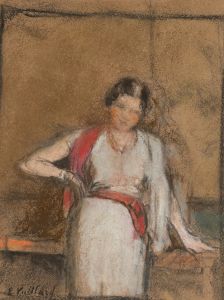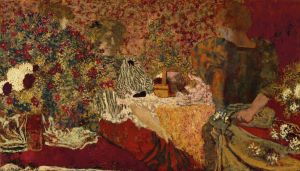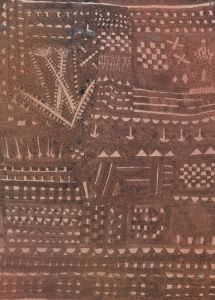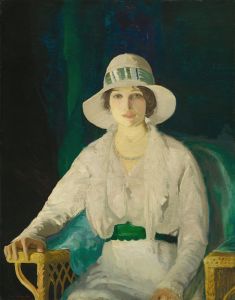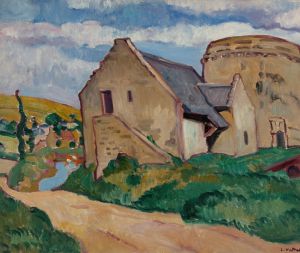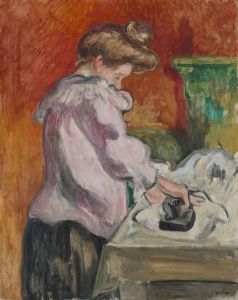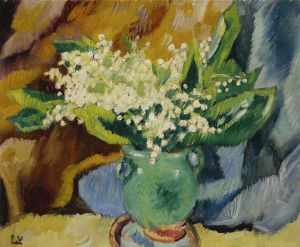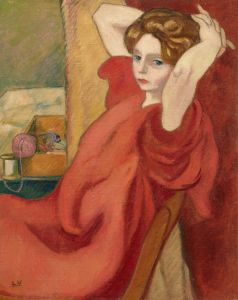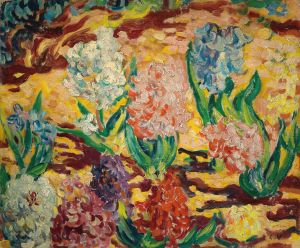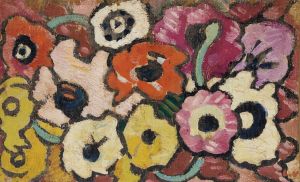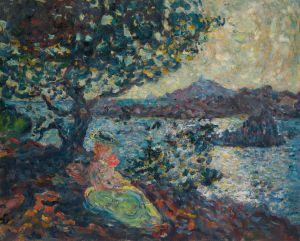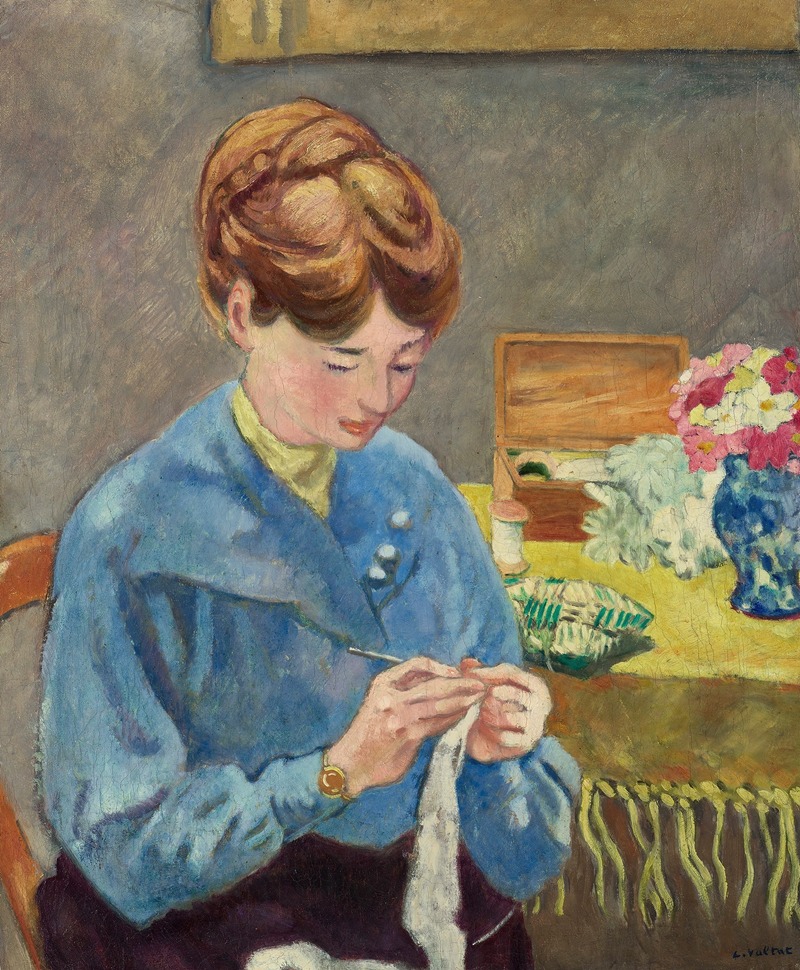
Femme tricotant
A hand-painted replica of Louis Valtat’s masterpiece Femme tricotant, meticulously crafted by professional artists to capture the true essence of the original. Each piece is created with museum-quality canvas and rare mineral pigments, carefully painted by experienced artists with delicate brushstrokes and rich, layered colors to perfectly recreate the texture of the original artwork. Unlike machine-printed reproductions, this hand-painted version brings the painting to life, infused with the artist’s emotions and skill in every stroke. Whether for personal collection or home decoration, it instantly elevates the artistic atmosphere of any space.
Louis Valtat was a French painter and a key figure in the transition from Impressionism to Fauvism. He was born on August 8, 1869, in Dieppe, France, and studied at the École des Beaux-Arts and the Académie Julian in Paris. Valtat is known for his vibrant use of color and his ability to capture the essence of his subjects with a bold and expressive style.
"Femme tricotant" (Woman Knitting) is one of Valtat's notable works, showcasing his distinctive approach to painting. While specific details about this particular painting are limited, it is representative of Valtat's broader body of work, which often focused on everyday scenes and domestic subjects. Valtat had a keen interest in capturing the simplicity and tranquility of daily life, and "Femme tricotant" fits well within this thematic framework.
Valtat's style is characterized by a vivid palette and a loose, expressive brushwork that was influenced by both Impressionism and the emerging Fauvist movement. His work often features bold colors and a sense of spontaneity, which can be seen in the way he captures light and shadow. This approach allows the viewer to experience the mood and atmosphere of the scene rather than just its literal representation.
Throughout his career, Valtat was associated with several prominent artists and movements. He exhibited with the Nabis, a group of avant-garde painters that included Pierre Bonnard and Édouard Vuillard, who were known for their decorative approach and emphasis on color and pattern. Valtat's work also caught the attention of Paul Signac, a leading figure in the Neo-Impressionist movement, who admired Valtat's use of color and form.
"Femme tricotant" likely reflects Valtat's interest in capturing the quiet moments of everyday life, a theme that recurs in many of his works. The subject of a woman knitting suggests a sense of calm and domesticity, which Valtat often portrayed with a sense of warmth and intimacy. This focus on ordinary subjects was a hallmark of his work, allowing him to explore the beauty in the mundane.
Valtat's contribution to the art world is significant, as he played a role in the development of modern art in the early 20th century. His work bridges the gap between the Impressionists and the Fauvists, and his innovative use of color and form influenced many artists who followed. Although he may not be as widely recognized as some of his contemporaries, Valtat's paintings continue to be appreciated for their vibrant energy and unique perspective.
In summary, "Femme tricotant" by Louis Valtat exemplifies the artist's ability to capture the essence of everyday life with a bold and expressive style. Through his use of color and form, Valtat invites viewers to appreciate the beauty in simplicity and the richness of ordinary moments. His work remains an important part of the history of modern art, reflecting the transition from Impressionism to the more radical approaches that would define the 20th century.






